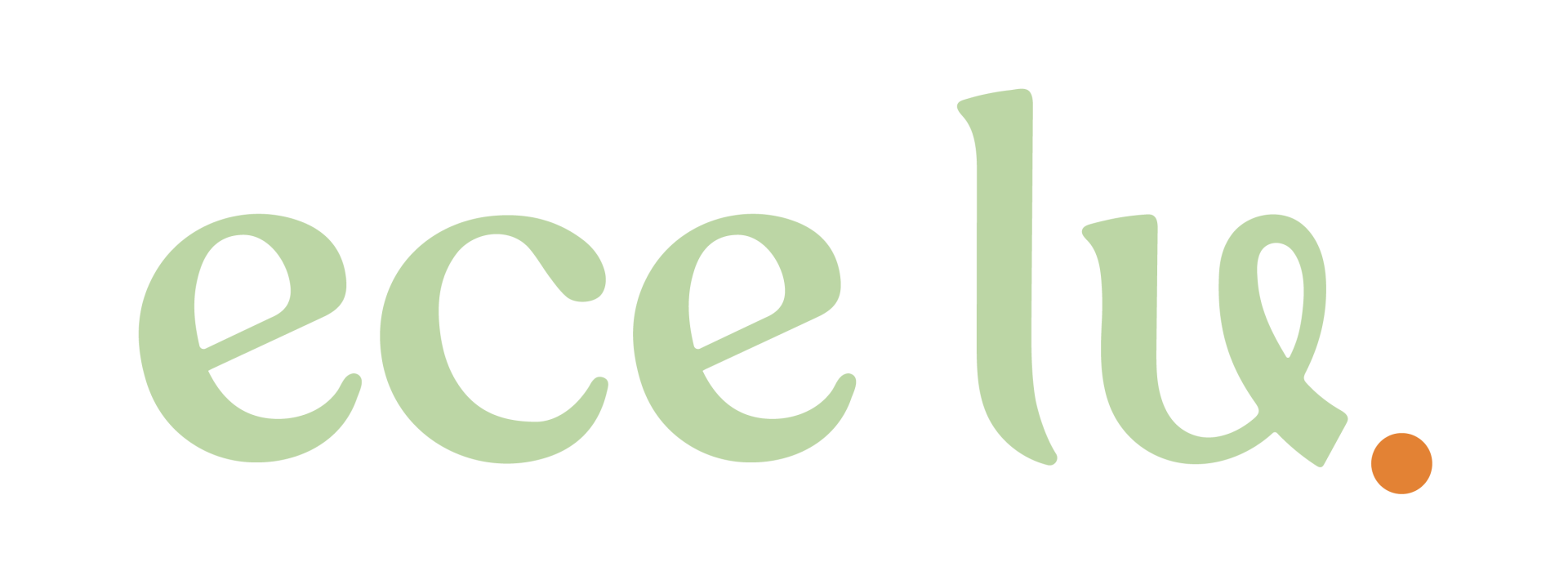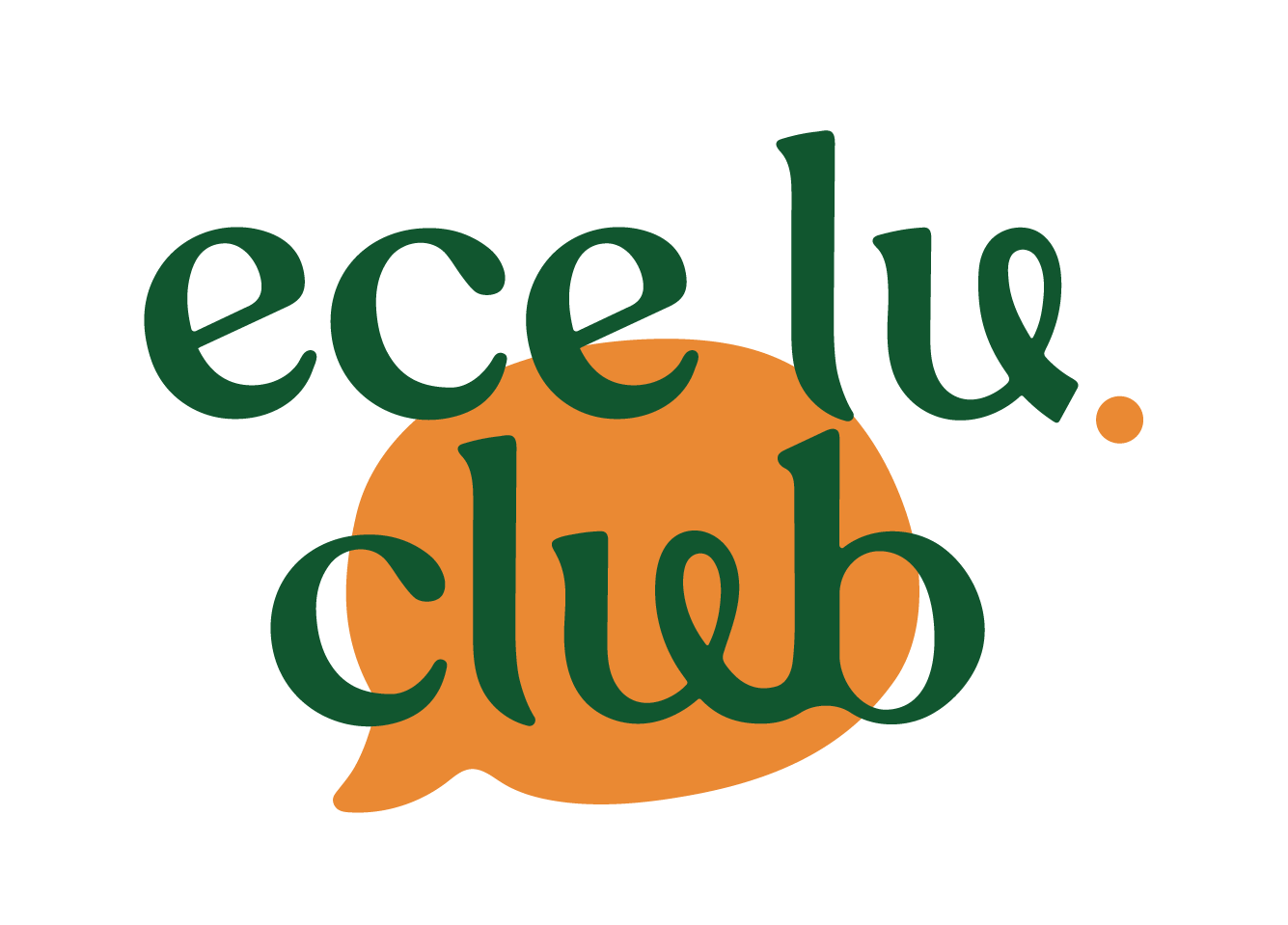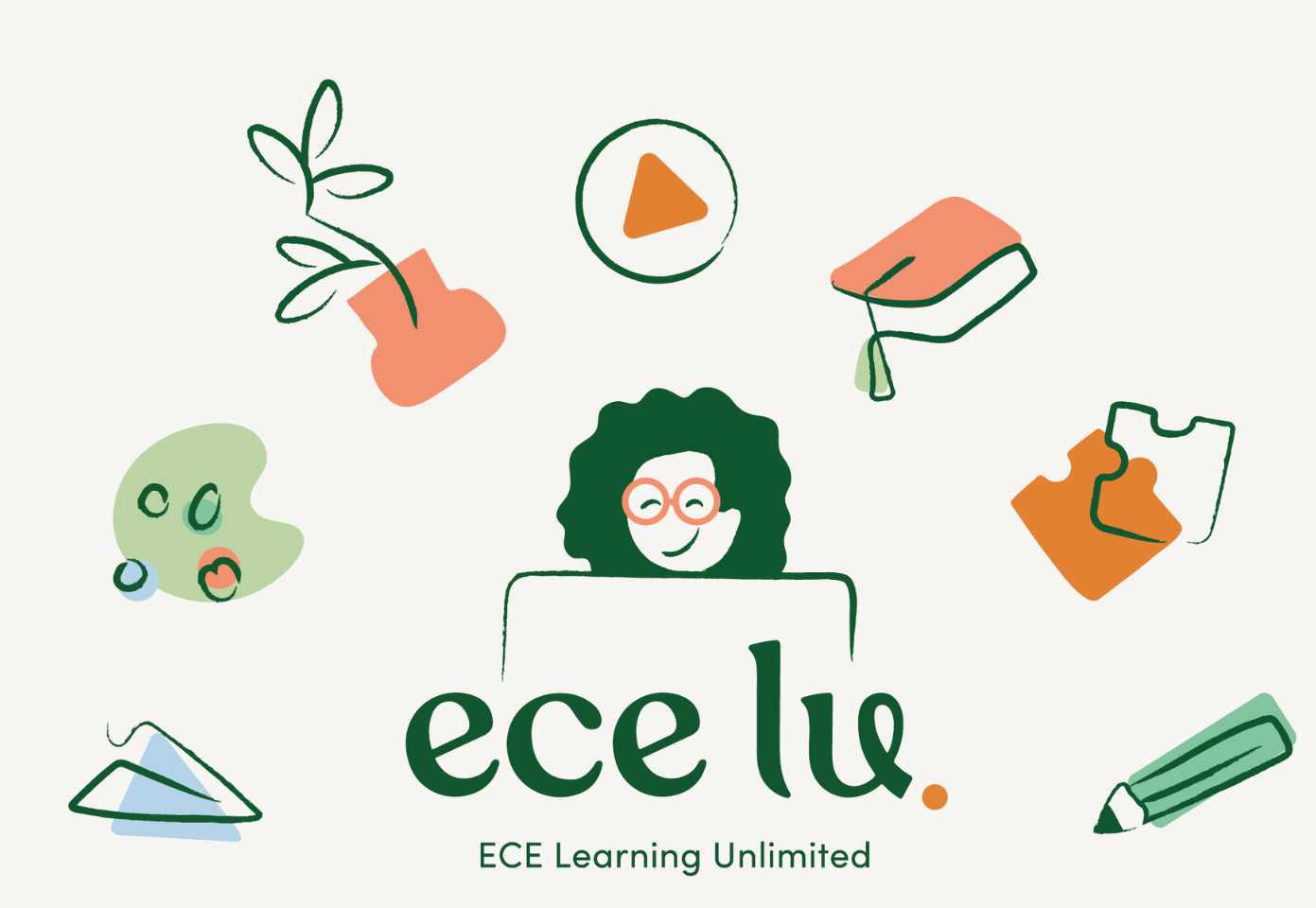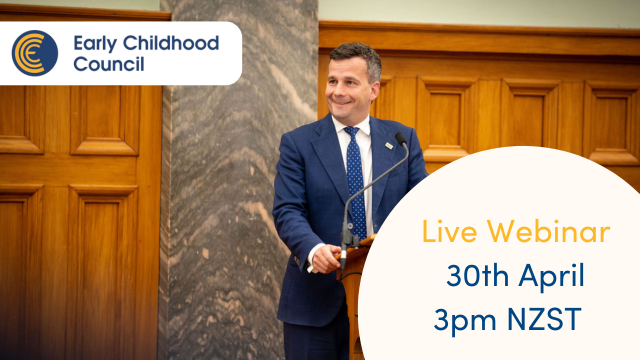When a child dips a brush into paint for the first time, or carefully arranges coloured paper into a collage, they are doing so much more than creating “artwork.” They are communicating. They are experimenting. They are telling their story. Visual arts in early childhood are not simply about producing something to hang on the wall, they are about giving tamariki a voice, nurturing their identity, and affirming that their ideas matter.
As Te Whāriki (Ministry of Education, 2017) reminds us, tamariki should be supported to express themselves in a variety of ways, and the arts provide a rich pathway for this to unfold. Art becomes a language of its own, one where children’s thinking, feelings, and discoveries can be seen, heard, and honoured.
Art making touches every domain of development. The physical act of holding a brush, kneading clay, or cutting paper, strengthens fine motor skills and coordination. Cognitively, tamariki experiment, problem-solve, and symbolise their thinking. Socially, collaborative projects build teamwork, negotiation, and respect for others’ ideas. Emotionally, the arts offer a safe space for self-expression, whether through bold colours, quiet sketches, or abstract forms that only the child can fully explain.
Theories of development highlight this richness. Vygotsky (1978) reminds us that learning is social, and art often sparks conversations between tamariki and kaiako that deepen understanding. In the Reggio Emilia philosophy, Malaguzzi described the arts as one of the “hundred languages of children” a recognition that children express themselves in countless ways beyond spoken words.
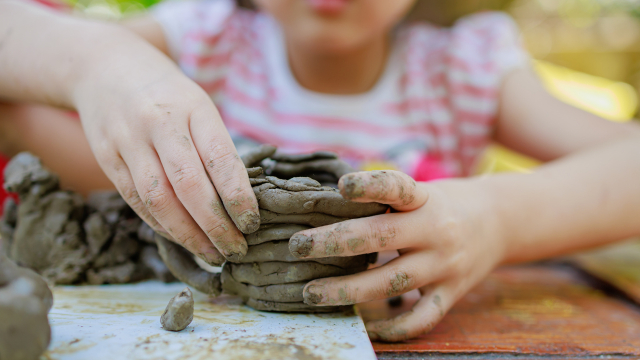
As kaiako, we are not simply handing out crayons, we are guardians of possibility. When we truly value art, we resist the temptation to focus on neat outcomes and instead embrace the messy, magical process of creation.
- Process over product: A child’s scribble is not “just a scribble”, it is a record of their hand exploring movement, their brain testing control, their emotions spilling onto the page.
- Open-ended materials: Clay, natural treasures, fabrics, and a range of drawing tools invite experimentation and innovation. Templates and cookie-cutter crafts, while neat, cannot capture the unique voice of each child.
- Connection to culture and identity: Through patterns, symbols, and stories, children explore whakapapa and the richness of their own heritage. When tamariki see their culture reflected in art experiences, they know that who they are matters.
For some tamariki, especially those still finding confidence in verbal language or those learning multiple languages, art becomes a bridge to connection. A drawing of whānau, a swirling rainbow of colours, or a careful pattern of lines can all speak volumes.
I see this every day with my own young son. Recently, he has discovered a love for creating with hot glue guns at his kindergarten. Every day he comes home with boxes transformed into magical worlds - covered in fabrics, plastic lids, scraps of paper, and even pieces of playing cards. To an adult, they might look like random objects glued together, but to him, each piece carries meaning. He proudly shares long, imaginative stories about his “teddies,” “machines,” and “pterodactyls” bringing his creations to life.
We keep every one of these artworks, not just because they are beautiful, but because they are windows into his thinking and creativity. Watching him, I am reminded of the true power of visual arts in early childhood: it is a language, a way for tamariki to express their ideas, their emotions, and their identity. These creations are living evidence of their competence and imagination, and they thrive when we, as kaiako and whānau, provide the tools, encouragement, and space to explore.
When we display children’s artwork respectfully (at their eye level, with their words attached) we send a clear message: your thinking matters, your story matters, you belong here. This is not about decorating walls, but about honouring voices and their ideas.
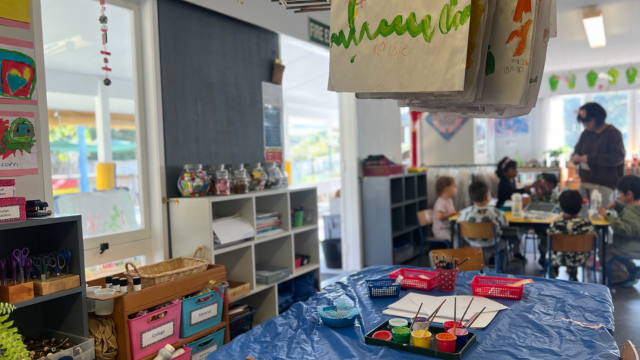
- Create spaces where art materials are always available, not only for art time.
- Use natural and recycled resources, connecting tamariki to te taiao and to ideas of sustainability.
- Support collaborative projects, such as group murals, which allow children to experience art as a shared journey.
- Allow children to return to projects over time, recognising that creativity unfolds across days and weeks, not just minutes.
When we pause to truly see children through their art, we notice things we might otherwise miss - the quiet child who expresses boldness in colour, the active child who finds calm in clay, the storyteller who pours their world into a drawing.
Visual arts are not about making little artists - they are about nurturing human beings who feel seen, heard, and valued. Each brushstroke, each line, each collage piece is a reminder that tamariki are competent, creative, and full of potential. Our role is to stand beside them, offer the tools, and listen carefully to the stories they tell in the language of art.
“Mā te rongo, ka mōhio; mā te mōhio, ka mārama; mā te mārama, ka mātau; mā te mātau, ka ora.”
Through listening comes knowledge; through knowledge comes understanding; through understanding comes wisdom; through wisdom comes wellbeing.
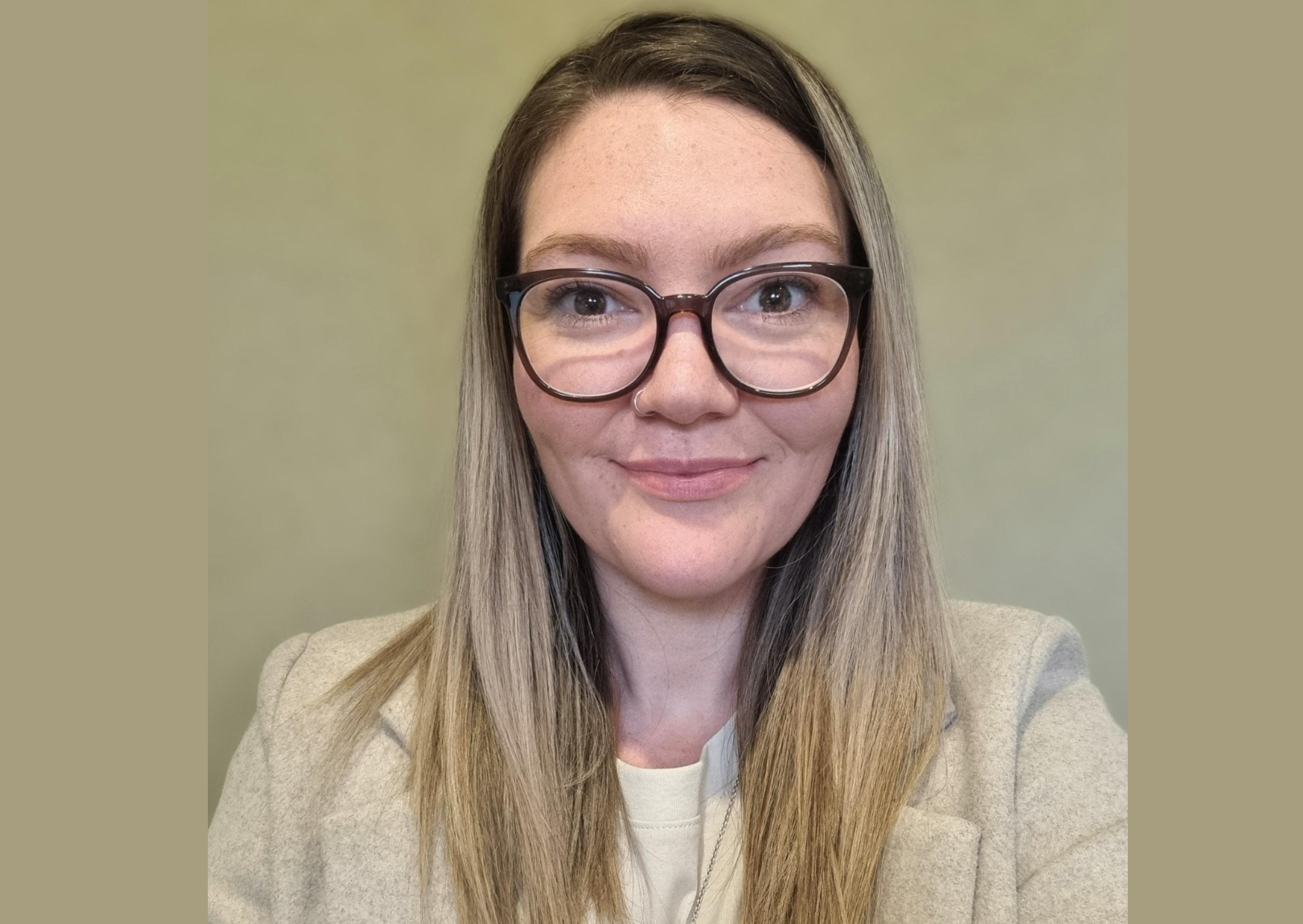
Jessica Thomson
Jess is an experienced early childhood leader and educator with a passion for inspiring teachers and supporting professional growth. A proud mum of three, she blends real-life experience with a deep understanding of early learning, leadership, and curriculum design.
Share your thoughts...

